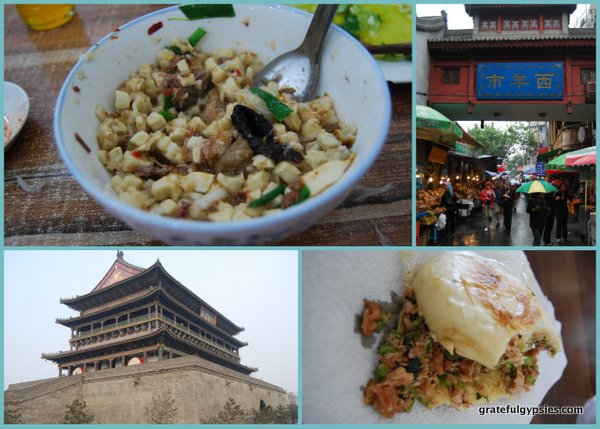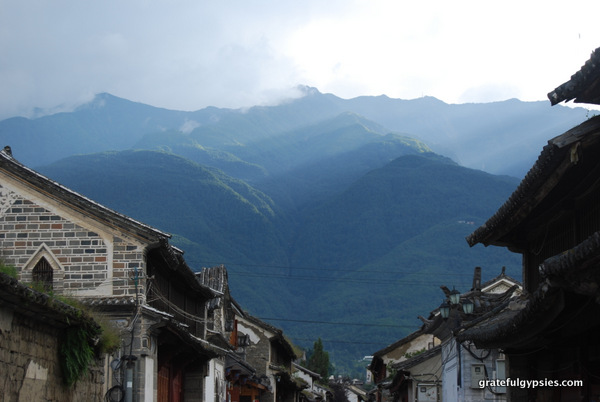Understanding the Names of Places in China Posted by sasha on Jul 8, 2019 in Uncategorized
Learning Chinese names can be tricky, especially when you’re new to the language. We’re here to help! I already wrote a post about understanding Chinese names of people and I even wrote one about the Chinese names for all 30 NBA teams as well as for 50 famous companies. This post will be about understanding the names of places in China.
What is the Chinese Name for China?
First of all, let’s start out with the Chinese name for China itself. The official name is the People’s Republic of China (中华人民共和国 – zhōng huá rén mín gòng hé guó). It’s usually shortened to just China (中国 – zhōng guó). The name can be translated as “Middle Kingdom.” Now let’s take a look at the Chinese names for provinces, municipalities, and so on.
Important Words to Learn
Before we get to the meanings of the Chinese names, there are a few words that are very useful to memorize:
Cardinal Directions
South
East
West
Middle
南
东
西
中
nán
dōng
xī
zhōng
The cardinal directions are used very often in the names of provinces and cities in China, and they’re just good to know in general so you don’t get lost!
Other Important Terms
Many of the Chinese names for provinces describe one of the geographical features of the area. As such, you’ll want to learn these words as well:
lake
river (general)
river (mighty)
sea
湖
河
江
海
hú
hé
jiāng
hǎi
Be sure to check out post on Chinese geography vocabulary for more useful words. While we’re at it, here are a few other words that commonly come up in the Chinese names of places:
expanse/wide
cloud
sky/heaven
new
广
云
天
新
guǎng
yún
tiān
xīn
With these words and the cardinal directions alone, you’re equipped to understand plenty of Chinese names for places in the country. Take for example Xi’an (西安 – xī’ān), meaning “Western Peace” or Nanjing (南京 – nán jīng), meaning “Southern Capital.”
Chinese Names for Provinces
Let’s take a look at the Chinese names for the different provinces, municipalities, autonomous regions, and so on. In total, there are 22 provinces (23 if you count Taiwan), five autonomous regions, four municipalities, and two SARs (Special Administrative Regions).
Here are all of their names in Chinese and pinyin, followed by the translation:
北京
重庆
福建
广东
广西
甘肃
贵州
河南
河北
湖南
湖北
海南
香港
黑龙江
吉林
江苏
江西
辽宁
内蒙古
宁夏
青海
四川
山东
山西
陕西
上海
天津
新疆
西藏
云南
浙江
běi jīng
chóng qìng
fú jiàn
guǎng dōng
guǎng xī
gān sù
guì zhōu
hé nán
hé běi
hú nán
hú běi
hǎi nán
xiāng gǎng
hēi lóng jiāng
jí lín
jiāng sū
jiāng xī
liáo níng
nèi méng gǔ
níng xià
qīng hǎi
sì chuān
shān dōng
shān xī
shǎn xī
shàng hǎi
tiān jīn
xīn jiāng
xī zàng
yún nán
zhè jiāng
Northern Capital
Double Celebration
Happy Establishment
East Expanse
West Expanse
Pleasant Respectful
Noble Prefecture
South of the River
North of the River
North of the Lake
South of the Lake
South of the Sea
Fragrant Harbor
Black Dragon River
Lucky Forest
River Awakening
West of the River
Distant Peace
Inner Mongolia
Peaceful Summer
Blue Sea
Four Rivers
East of the Mountain
West of the Mountain
West Mountain Pass
Upon the Sea
Heaven’s Ferry Landing
New Frontier
West Tibet
South of the Clouds
Winding River
Isn’t it interesting to see how these names translate? When I lived in Yunnan province, I always liked to tell people I was living “South of the Clouds.” It just sounds so cool!
I hope you found this post enjoyable and useful. Now see if you can memorize them all!

Build vocabulary, practice pronunciation, and more with Transparent Language Online. Available anytime, anywhere, on any device.







Leave a comment: